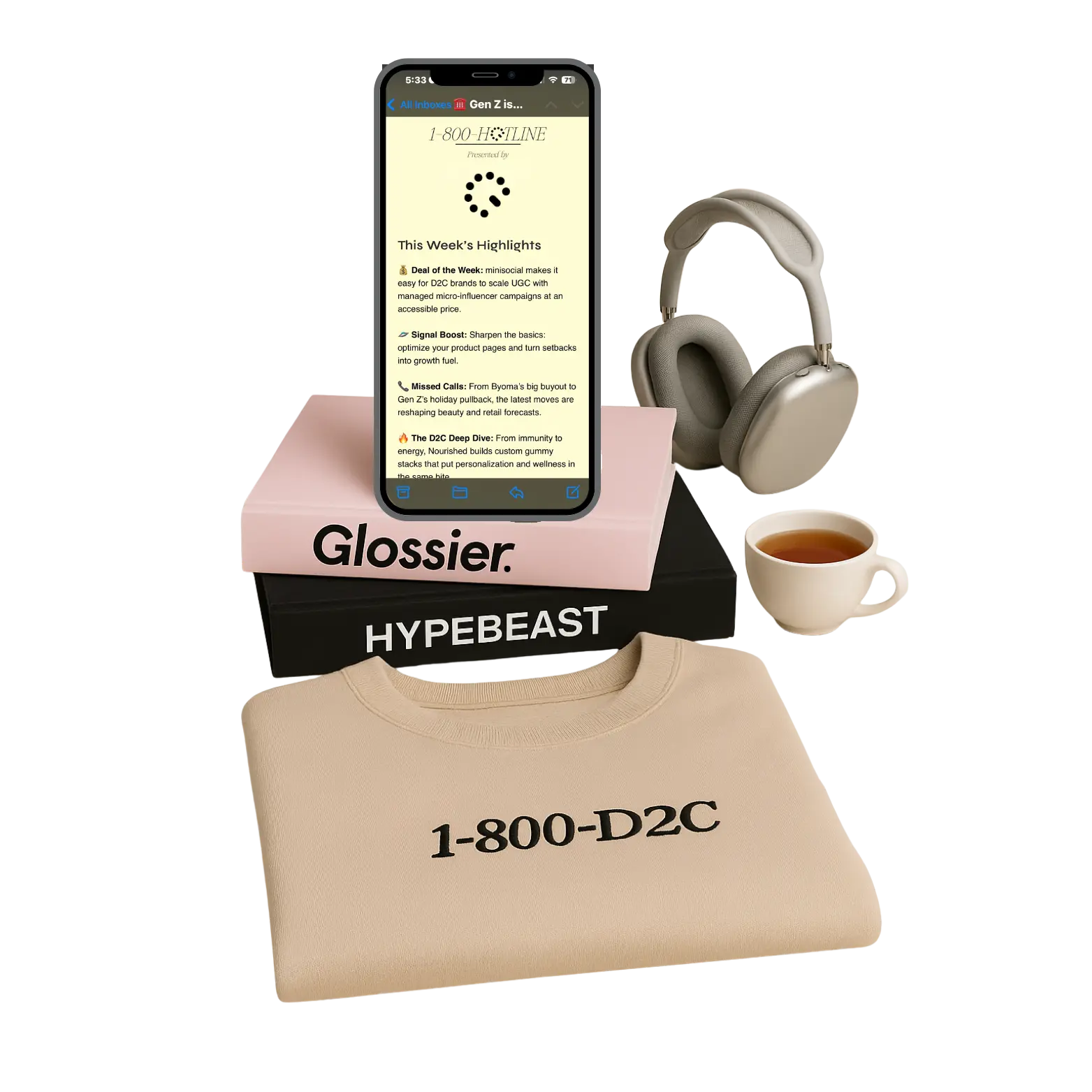
I did a bit of investigative journalism this past week and spoke with 4 experts on how to expand internationally. It’s still a daunting task for many - and hopefully this helps answer a lot of our questions. Here are the consolidated learnings, in interview format.
The 4 experts:
When I was 19, I was a body-builder. And I set up a business selling singlets in New Zealand. This was in 2013, when the Facebook money printer would go “brrrr” (ROAS was super high). I scaled that to a highly profitable $3.5m business.
I tried to expand my business internationally - and I did everything wrong and lost everything. I moved home with my parents at the age of 26, completely broke.
I then started back up as a freelancer, and scaled a business I worked with from $20k to $80k / month, before meeting my mentor Brad Lindsay - one of the brightest minds in logistics in New Zealand. He taught me everything about international expansion, and 18 months later, we turned that $80k business into a $3m business. In that process - we ran through 12 different 3PLs - before deciding to set-up our own.
Today - I run 13 3PLs around the globe to facilitate international expansion for D2C, as well as an agency to help D2Cs test out new markets & expand.
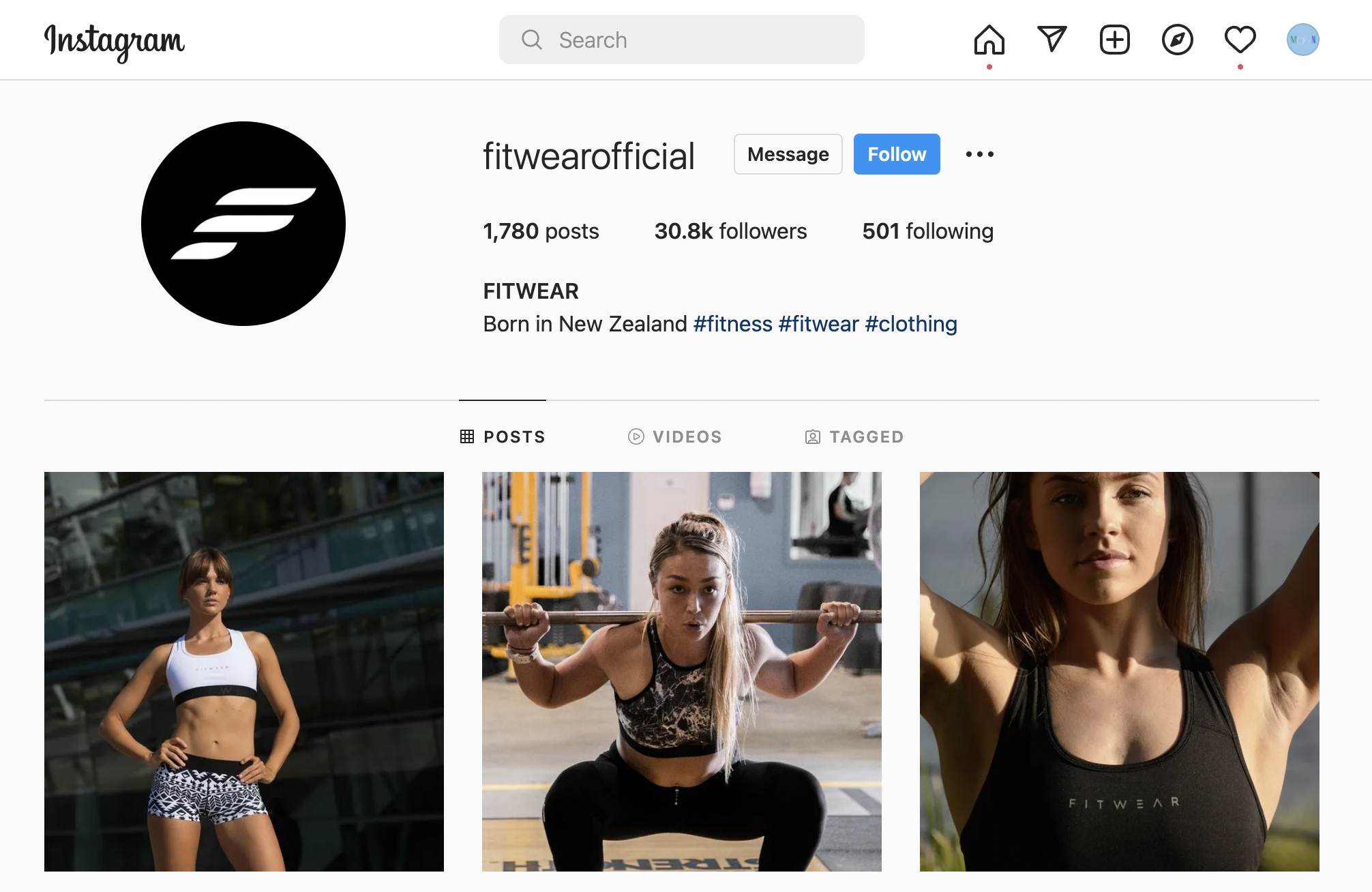
Given my experience: Customers in English speaking OECD markets (US, Canada, UK, Australia etc) are reasonably similar. There’s some lingo nuances here and there, some countries have higher CPMs than others - but broadly speaking from a marketing perspective: They’re similar.
So if you’re a brand doing 7-8 figures, and you’re not getting the ROAS you need from paid channels, even the newer ones like Tik Tok - then you have to expand internationally to scale. The efficiencies aren’t getting any better any time soon - so you have to find fresh new customers in new markets.
Run some paid tests and identify the ROAS in the new market. Do everything you can to make your website seem completely localized (for example: Buy a .co.uk if you’re testing the UK) - and then work with a local copywriter to re-write everything on your website.
Once you have that - run some tests. $5k per month is good. Do that in a few different markets, and pick the one with the highest ROAS.
After that you’re gonna need to figure out compliance, taxes & logistics. We solve for all that at Glass Elephant
In 2015, I started a D2C brand selling manual standing desks in Belgium called Jaswig.
After a few years, things were still moving too slowly, and I realized that we needed to expand our offering to include other items such as chairs. So we got in touch with a US based company called Fully.
We ended up entering into an agreement to sell their product in Europe. We ordered the first few desks, and some chairs - and after a week, everything was sold out. Things went so well that Fully acquired us. That’s when we started building a bigger European team and pushing sales across the continent.
I ran that European expansion, into Belgium, France, Germany and the UK. Eventually, fully.com got bought out, and now I run my own agency which supports brands who wish to expand their geo footprint.
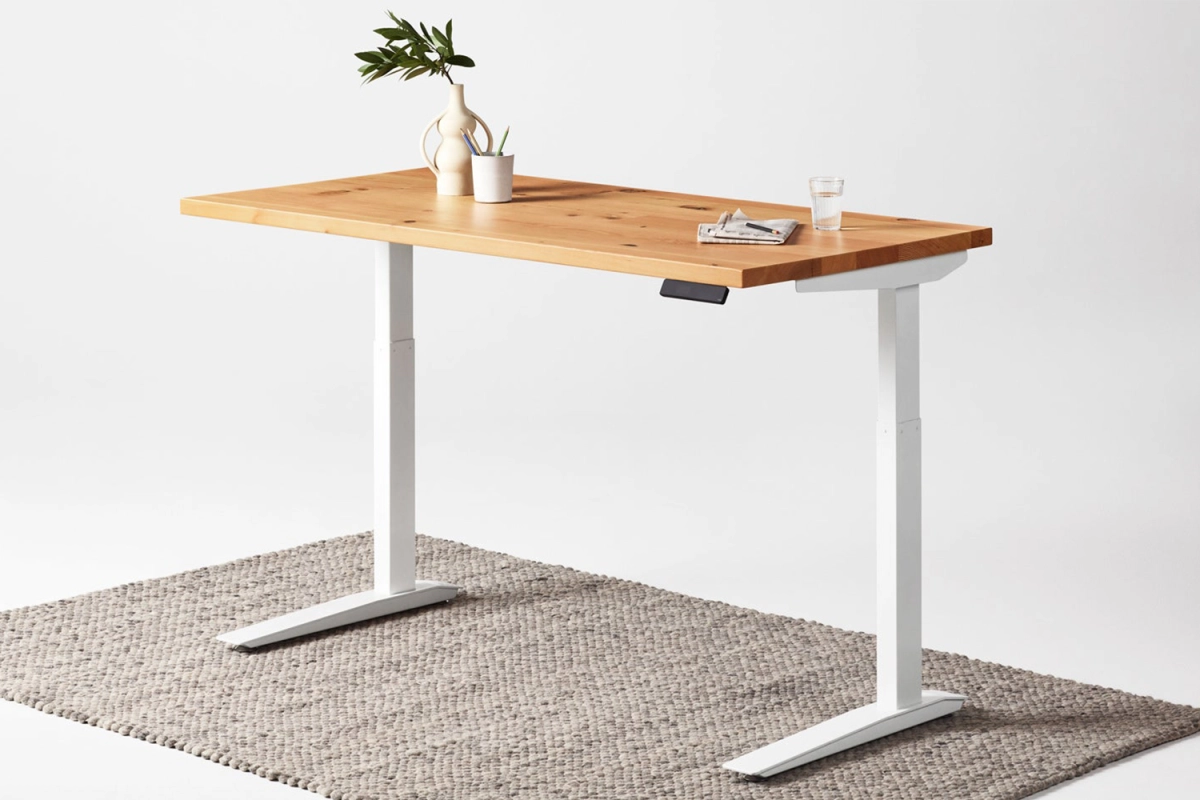
We stored the products in one centralized 3PL and shipped across Europe from there. Because the average order of a desk was €600, our shipping costs of €20-30 didn’t make much of a difference.
But right now I’m working on a business selling €25 puzzles, and it’s a totally different experience. A €1 difference on shipping can make or kill a conversion. So for that, you have to plug into local warehousing and shipping.
Ideally you would. In our case, we had a Fully EU Instagram page. But to be honest, it just came down to copy pasting what was done in the US. We translated everything and it doesn't feel authentic. It doesn't feel right.
So my advice is: If you don't have the capacity and if your business is not fully driven by social - then you probably shouldn’t localize your social presence.
But you absolutely need a local CS team. They’ll understand the nuances of each market - and in the world of eCommerce, fantastic customer support is critical. That was drilled into us while working with Fully.
We leverage Shopify + Shopify Markets. And on top of that, we handle inventory management via Odoo: A new but up & coming ERP.
And you absolutely need an ERP. There’s almost no other way around it. It needs to have B2B invoicing capabilities and also connect to the local markets. Ideally all your 3PLs are synced to a single ERP.
And lastly, for translations - that can quickly be done via some apps or natively in Shopify.
Now switching over to Roberto at Mushdesk
I’m a software developer, focusing on Shopify. As a European, spending a lot of time working with Shopify merchants expanding internationally - I’ve witnessed a lot of the pain-points associated with internationalization.
I even launched my own app “ORBE” which is a better version of the “Geolocation” app by Shopify. It enables you to customize the pop ups that direct customers to the right shopping experience based on their location. The app also benefits merchants from an SEO and privacy law standpoint. But one of the main advantages is that once the customer has given consent in its first visit, the app redirects them automatically to the right shopping experience using the Shopify country native form without bothering them again with a modal.
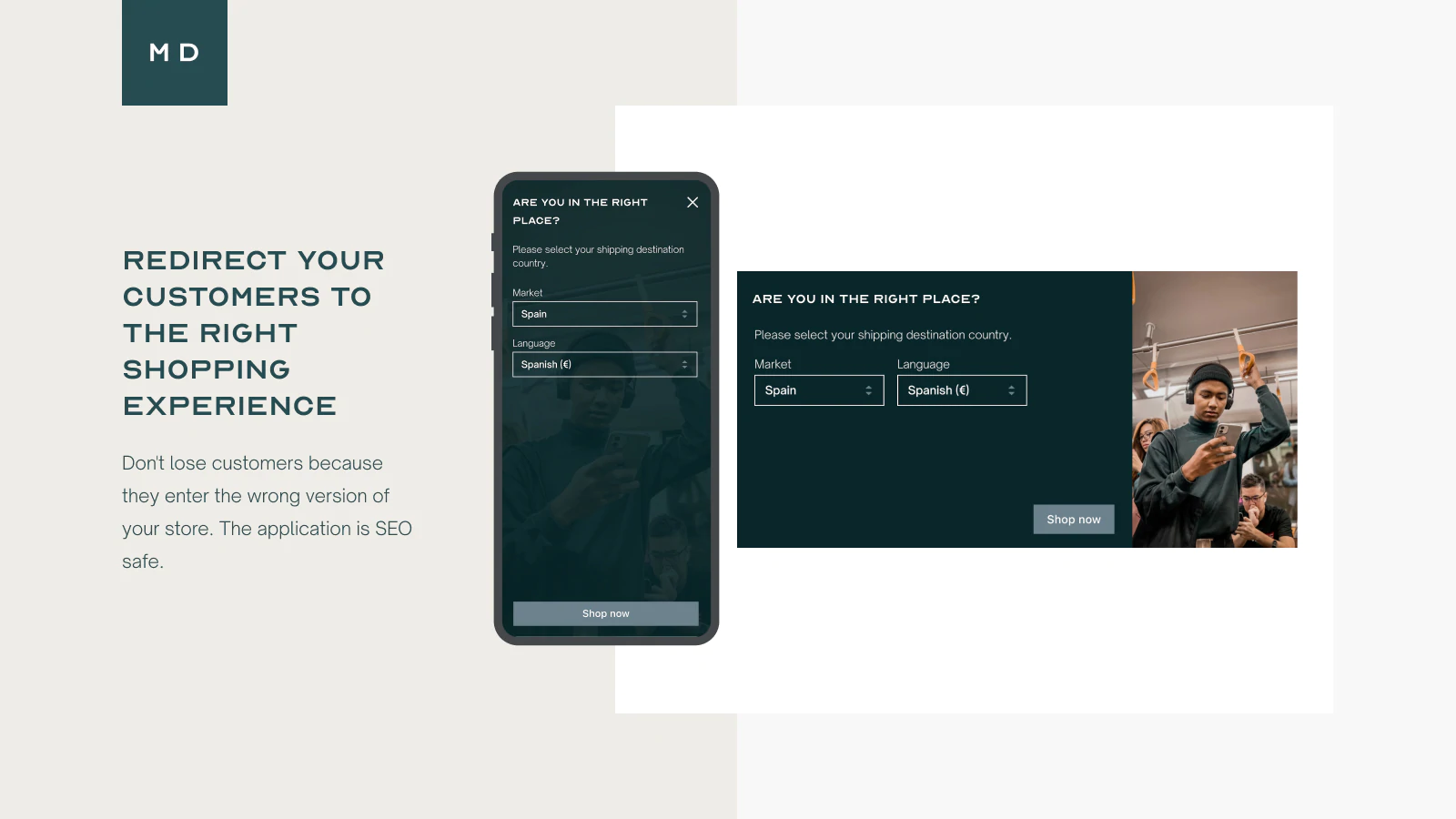
Shopify Markets is still in its infancy. It’s definitely the best tool around for selling internationally, but it’s got a few lacking features (though on the roadmap).
Before Shopify markets - You had to create and manage different stores for each of your international locations. (amazingproduct.com / amazingproduct.co.uk) Now you can do everything from one store (amazingproduct.com/en-gb). Having these subfolders for different locations has a huge positive impact on SEO - because all your traffic and link backs can feed back into your root domain.
We were able to use multi pricing on Shopify before, but now we can see and change the prices using the Shopify Markets dashboard – but it still needs some UX improvements. You need to adapt your product’s pricing to the market. If you’re selling a deodorant in the UK for $15 - that price may not go down so well in Spain for example. With Shopify markets, you can not only customize your price per item but also automatically add in the customs & taxes costs associated with your product. That’s all calculated directly from Shopify Markets - you no longer need a tool like Zonos for this.
Right now you actually need a developer to do some custom work to “not show” certain products in certain markets. For example: Let’s say you sell toothbrushes and toothpaste in the US. In Australia, you may NOT want to sell toothpaste because of local product restrictions. You currently cannot toggle a product on/off unless you apply some custom code.
Right now, you can create as many markets as you want but only using countries, not specific regions inside a country. However, it is necessary for some merchants the chance to create markets for regions or states inside a country. For example, create a different pricing strategy and experience for the California state than for New York. Another helpful example in Europe is for regions inside European countries with specific taxes rules (Example: the Canary Islands in Spain).
If you are selling in Germany and in the US at the same time, you might want completely different experiences on both sites. One may have a lot less products, another may be featuring a special national holiday day deal. For that, you need a custom experience per market. That’s on the roadmap, but doesn’t exist as of now.
It’s currently necessary to use a 3rd party app to translate your site. You can’t really do it directly inside Shopify. So until that happens, I recommend you use a tool like Transcy or Langify, because it translates your site “server-side” vs. apps like Weglot which translate your website from a front-end standpoint. The reason why that’s important is because when you translate “server-side”, Google can read that you are speaking in the local language and that hugely benefits you from an SEO standpoint.
You can translate the content on your site via apps, but you can’t translate the URL slugs. For example if your product URL is mybrand.com/products/black-t-shirt - you cannot change that to mybrand.com/products/camiseta-negra in Spain. That’s a huge disadvantage from a local SEO standpoint. Mainly not for products or collections, but for
optimise blog posts in each language.
Thanks Roberto.
Before starting Passport, I co-founded a business called Lynks. Lynks enabled international buyers to purchase goods from the US. Basically, a customer anywhere in the world could send us a link of a product they’d like to purchase, and we would figure out everything from a logistical standpoint to get the item to the customer as quickly as possible.
Through that experience, I learned a lot about internationalization. That ultimately led me to start Passport: A modern day international carrier for eCommerce businesses.
Think of us like a more like a UPS or DHL but hyper-focused on e-commerce and built from the ground up for this market.
When an international customer places an order on your website, that order will usually get fulfilled by your 3PL. That 3PL then sends the product to Passport. We then handle everything else to successfully ship your product overseas, including all regulatory, and tax/duty matters. Ro complete the shipment in-country, we connect to local last-mile delivery partners & oversee the process all the way through to delivery.
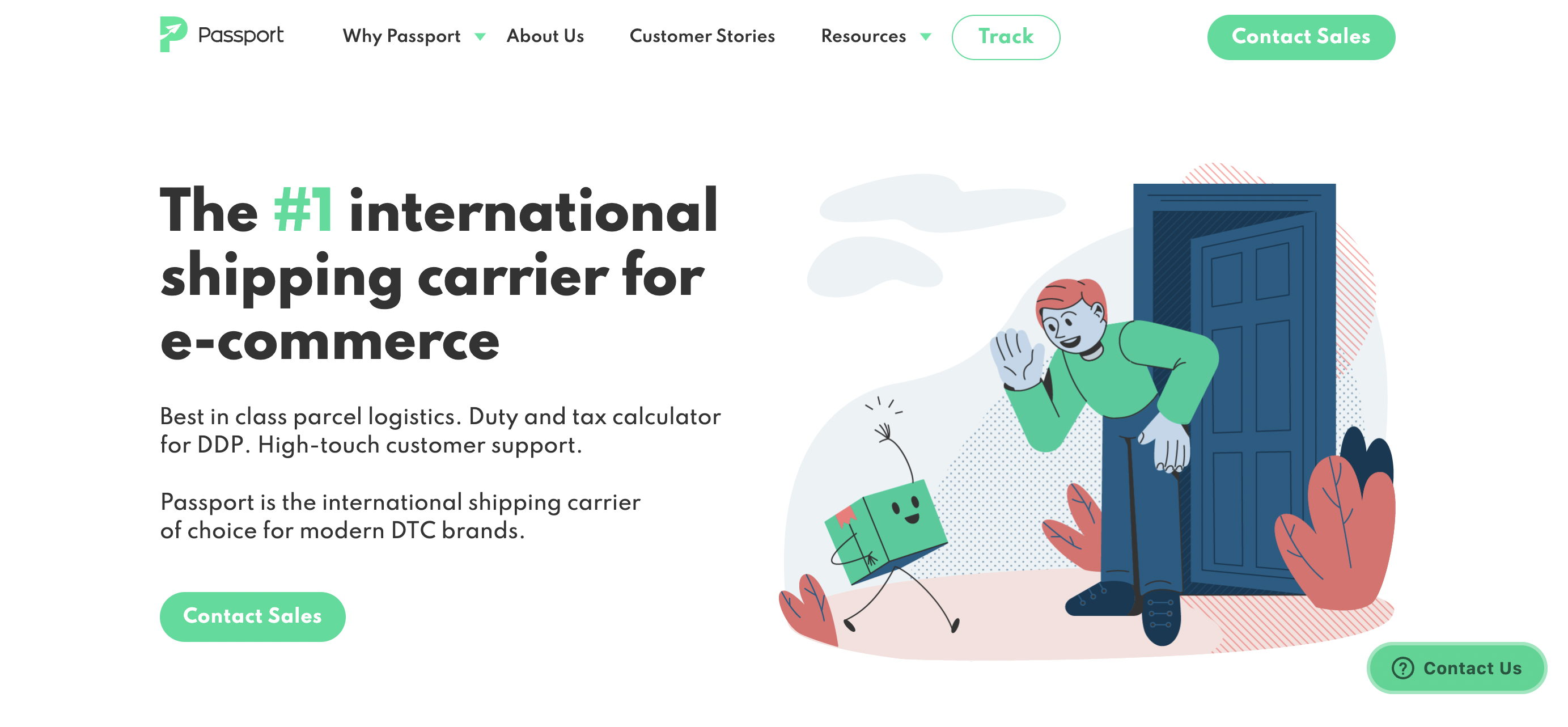
If you’re on Shopify, they have some great native functionality to open up internationalization. As needs arise or the native functionality on your store platform aren’t enough, Passport has a great app that will handle duty and tax calculations as well as handling the physical international shipping part.
Whether or not you work with a DTC 3PL or self fulfill, you will want to make sure they are equipped to handle shipments for international carriers like Passport. For instance, today we work with over fifty direct to consumer 3PLs and hundreds of brands that handle their own fulfillment.
Consider this: Social networks like Instagram have 80% of their users OUTSIDE of the US. So when all your brand building efforts are directed to channels like Instagram or Tik Tok, you’re inherently building up a fan base that’s international.
So now that you’re driving international traffic - you’re presented with a choice: Ignore it, or monetize it. The winners in D2C will be the ones who figure out how to monetize it.
After my discussions - Internationalization doesn’t seem so daunting anymore. It’s also a no-brainer if you’re seeking to grow. Extra single digit % gains on ROAS are not only becoming increasingly rare, but they pale in comparison to a brand new 25-300 million person market.
To expand internationally - I’d follow these steps:
1. Buy a localized domain for your store in the geo's you want to target (ex: .co.uk)
2. Translate your site using Transcy (server side translations)
3. Hire a local / native speaker to adapt the comms to the local culture
4. Run paid ads, test the ROAS in each
5. Start by fulfilling everything from your current market & eat the shipping costs
6. Pick your winner - then launch local site under your root domain via Shopify markets (.com/en-gb)
7. Once you know which market to expand into: You’ve got 2 options:
- a)Use Passport if shipping from the US to overseas
- b) Ship your products to a local 3PL if you’re based outside the US
8. Make sure your ERP is in-sync with all the movement in inventory
9. If things are going well:
10. Hire a local CS team
11. Launch a local social handle if the market speaks a non-English language
12. Launch local SEO blogging efforts, influencer marketing etc
Many many thanks to Simon, John, Roberto and Alex for all the insights.

Passport helps brands go global, easily. We do this with internationalization technology, in-house shipping & compliance services, and the expertise needed to help our customers grow profitably. With tailored solutions to meet unique needs, we have enabled over 1,000 merchants of all sizes to seamlessly access 220+ markets worldwide.
Discover new D2C brands, new eCommerce tools and read in-depth founder reviews each week.
